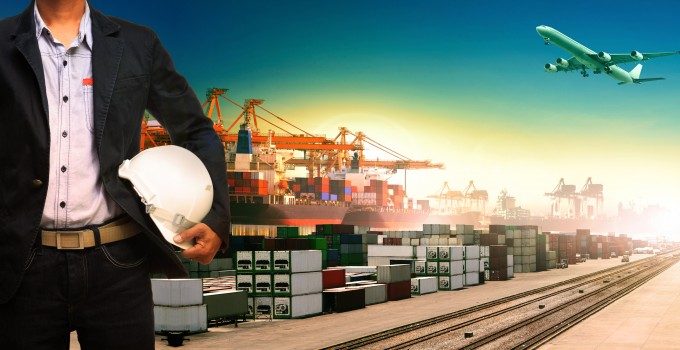Container trade economics – what to look for now
Making sense of a fools’ game

Keep our news independent, by supporting The Loadstar
Red Sea crisis has driven most new capacity into extended Asia-Europe trades
Rapid transpacific capacity build-up continues – can USWC ports handle it?
Crew forced to abandon ship in latest fire on vessel carrying EVs
The Loadstar Podcast | Transport Logistic and Air Cargo Europe 2025
Carrier price hikes hold, driving spot rates higher as space gets scarcer
Carriers on the hunt for open tonnage again as transpacific rates soar
Uncertainty drives Yang Ming fleet boost as focus switches to Asia-Europe trades
Asia-West Africa ULCV deployment opens new markets for carriers
Project cargo: oversized and heavy, posing risks outside the norm for ports
Turkish Airlines falls foul of air safety regulations, claims India's aviation authority
CMA CGM eyeing multi-billion euro investment programme in Algeria
News in Brief Podcast | Week 22 | Trump’s tariff hurdle, ocean schedule reliability, and rate rise
Air cargo players still wary of long-term block space deals – 'a risk on both sides'
Geely splashes out to meet growing demand by chartering its own car-carrier

Comment on this article
Alex Lennane
November 08, 2011 at 11:41 amFrom: Anon:
I have been in this industry for longer than most – and I still see very little evidence that carriers actually know what their net costs are.
Often local managers are judged on the gross revenue contribution from cargo per flight – so they just need any number to make up the total revenue performance.
In fact some carriers even still measure uplift in tonnage, not even revenue, which has always struck me as rather meaningless. As a consequence loads of traffic is actually carried at a loss.
By the time you deduct handling costs at origin and destination, fuel burn, commissions, accounting admin etc., there is very little left for profit, often none.
This is even worse when it comes to interlining where carriers are hit by provisos and minimums which often make the shipment completely uneconomical to carry.
I would say Forwarders on the whole have a much better handle on this than airlines. Forwarders need to be much more aware of costs – otherwise they will not survive for long.
High yields are clearly out there – just look at what the integrators charge. But then they do provide a complete end-to-end product which is what customers want.
Why deal with 3 or 4 suppliers in a supply chain when you can deal with just one, and have a more or less guaranteed service. Yes, at a high cost but look at the profits of Fedex.
No wonder that most carriers are resigned to carrying cargo on behalf of the integrators. A surprisingly large amount of cargo is carried by combination carriers for the integrators.
Of course to the integrator’s customer that is not visible they will make sure of that.